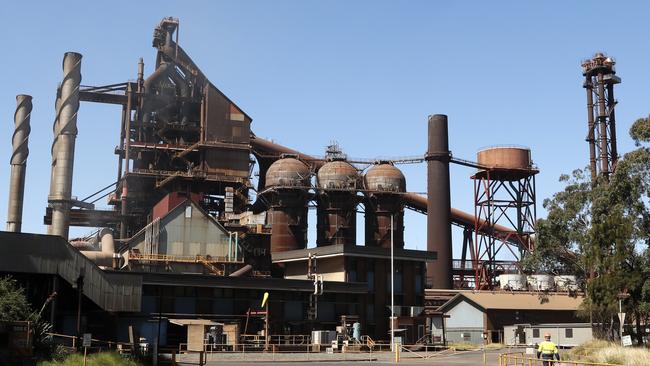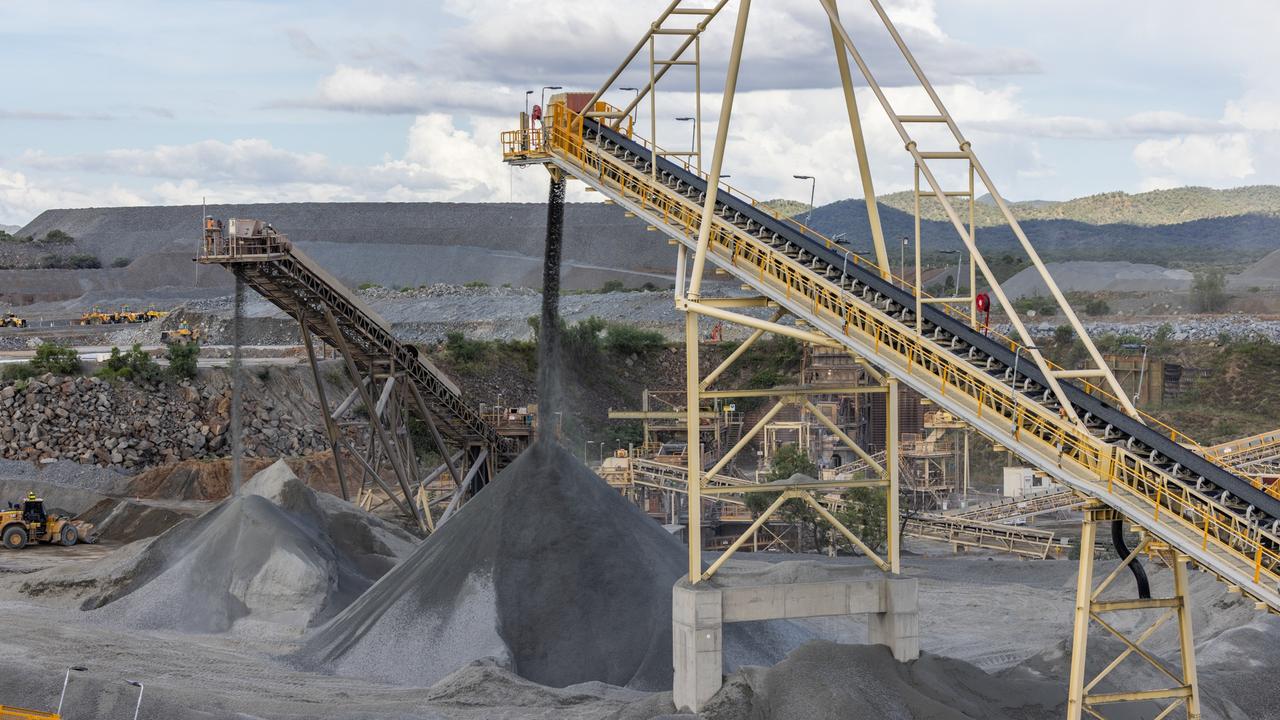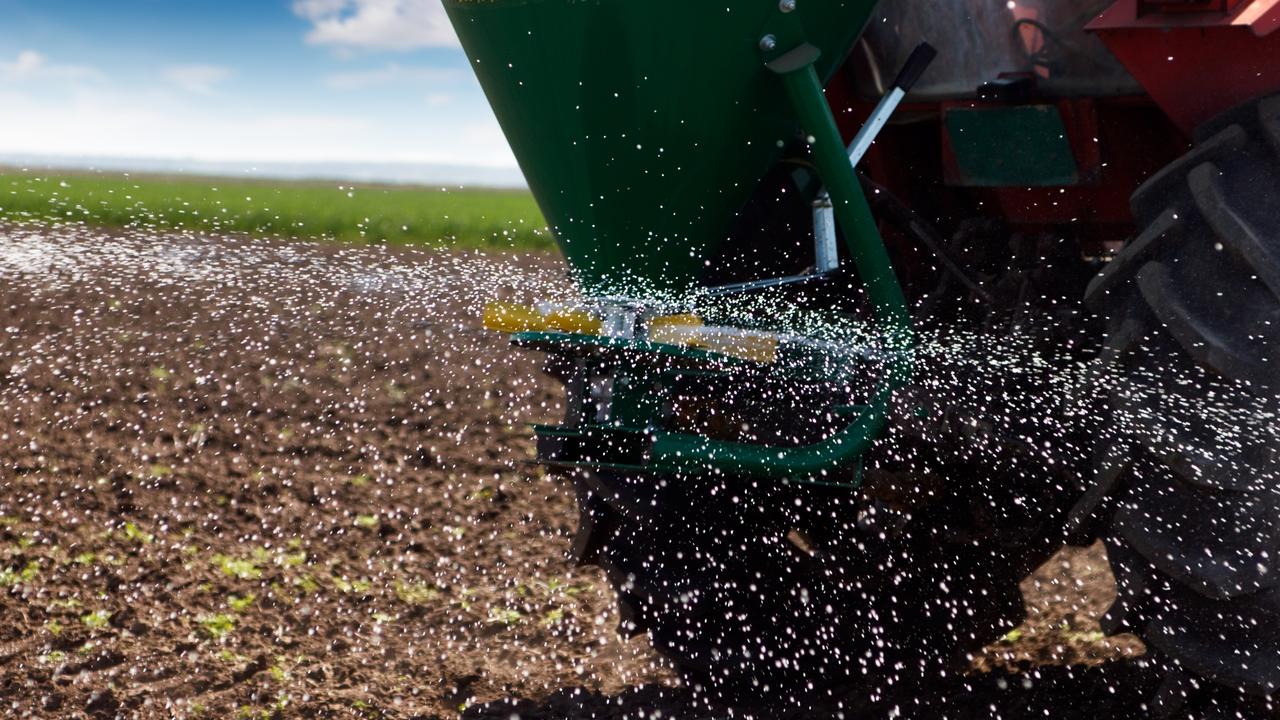
A move by BlueScope to manage the Whyalla steelworks on behalf of the government could be stage one of a long-term plan to find a solution for the troublesome operation, sources say.
BlueScope, with an $11bn market value, is Australia’s most successful steelmaker, with a thriving operation in the US, but here on home shores even BlueScope can barely get its steelworks to break even.
It’s no wonder it would baulk at the prospect at owning the loss-making Whyalla – a steelworks a third of the size of one of the two mills it has at Port Kembla in NSW, and not even close to being as profitable.
Yet the view from experts is that the government would not have tipped Whyalla into the hands of administrator KordaMentha without having a game plan, and BlueScope has offered strong hints that it is part of it.
In a statement this week, BlueScope said it “has a longstanding relationship with the Whyalla Steelworks, know its people and operations well, believes the Whyalla Steelworks provides important sovereign capability for the nation and it stands ready to provide technical and operational support, as it has previously, should it be required”.
In stage one, BlueScope could manage Whyalla on behalf of a state-owned entity, and in this time it can get a handle on what it might cost to turn the site into something relevant and viable for its own business.
Then it would call on the government to fund investment to make the facility fit with its own business plan, which may include building arc furnaces, green steel capacity or a new plant to make flat steel.
Only then would it buy Whyalla, probably for a nominal sum.
Steel made at Whyalla could be used for government projects such as the construction of naval frigates made in Adelaide.
What Whyalla has going for it is its nearby iron ore mine that produces high-quality materials for steel, and it’s possible that BlueScope is prepared to buy that operation.
Having facilities closer to the raw materials is more beneficial than being close to the customer.
This week’s developments highlight the headwinds steel manufactures face in Australia.
Whyalla makes long steel products such as wire, rod, rails and bars used in construction and infrastructure.
But it lacks scale, producing only about 1 million tonnes of steel annually compared to most blast furnaces that handle at least three times that amount, as is the case with BlueScope’s two blast furnaces that make flat steel products in Port Kembla.
There’s not the demand domestically for more, but competing in the export market is tough, as Asian mills that are 15 to 20 times the size make steel at a fraction of the cost.
As a consequence, half of Australia’s long steel comes from China.
Electric arc furnaces make less steel, but they are more flexible and cost effective than blast furnaces that need to be kept running around the clock.
BlueScope’s Port Kembla mills are break even $US220 a tonne less the cost of iron ore and coking coal and the price in Australia for steel is currently at about $US170 a tonne and has been under $US200 for some time.
The only other long steel manufacturing sites of long steel are InfraBuild’s furnaces in Rooty Hill, NSW and Laverton, Victoria, but the capacity is far less than Whyalla.
Due to the challenges in the market, BlueScope is moving from upstream steelmaking to downstream, with more of a focus on products such as its Colourbond roofing and cladding solutions.




To join the conversation, please log in. Don't have an account? Register
Join the conversation, you are commenting as Logout